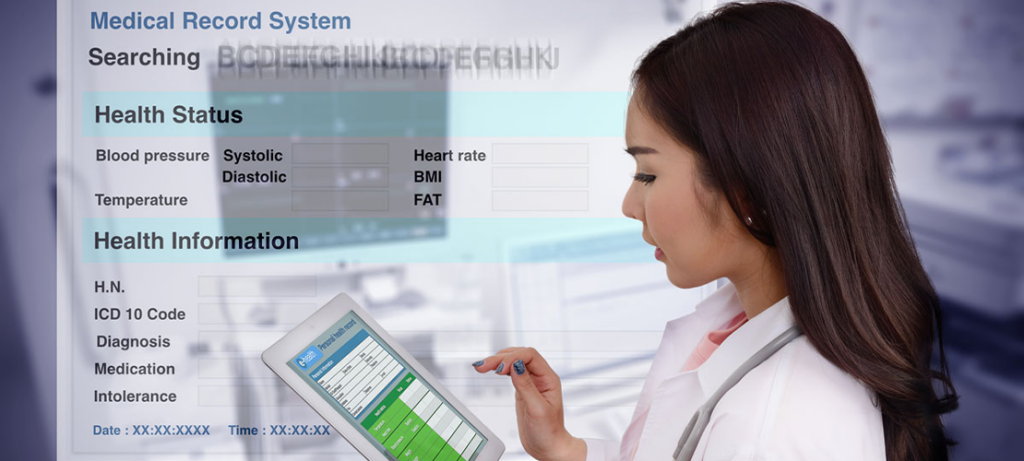Healthcare has gone digital. Wearable devices, smart hospital beds, internet of medical things (IoMT), mobile health (mHealth) and secure messaging, telemedicine, telehealth, and other software-supported tools have become incredibly useful to medical professionals and have extraordinary potential uses in the future.
Traditional paper medical records have largely been replaced by electronic health records (EHRs) and they now include vast amounts of health-related information about a patient. Most of us have read about hackers targeting these records and the importance of using encryption, but another crucial aspect to EHRs, is to be sure there aren’t multiple copies of records with varying information, for each patient.
Because healthcare organizations rely on a mix of different and disconnected systems to provide functionality for multiple departments and staff, sharing information between disparate systems has traditionally been a challenge. When various departments use different systems, data silos are created. Retrieving information from, and updating these data silos, is time-consuming and leaves room for human error.
Using a single source of truth (SSOT) method for data means that every data element is edited in one place. There is a primary source that contains all of the updated data. This is a critical practice for EHRs because a patient’s record could be updated by any number of people, in different departments or locations, who use different software to access the information.
Integration engines, such as MergeComm, use SSOT to enable several databases to function as one. Information is communicated between databases and updated data are spread to the entire system – reducing the likelihood of duplicate information.
The importance of SSOT doesn’t only apply to EHRs. This kind of architecture is used by all areas of a healthcare organization to help ensure the information employees are accessing – whether they are office workers at HQ, medical staff in a clinic, or a hospital call center operator – is accurate and trusted.





